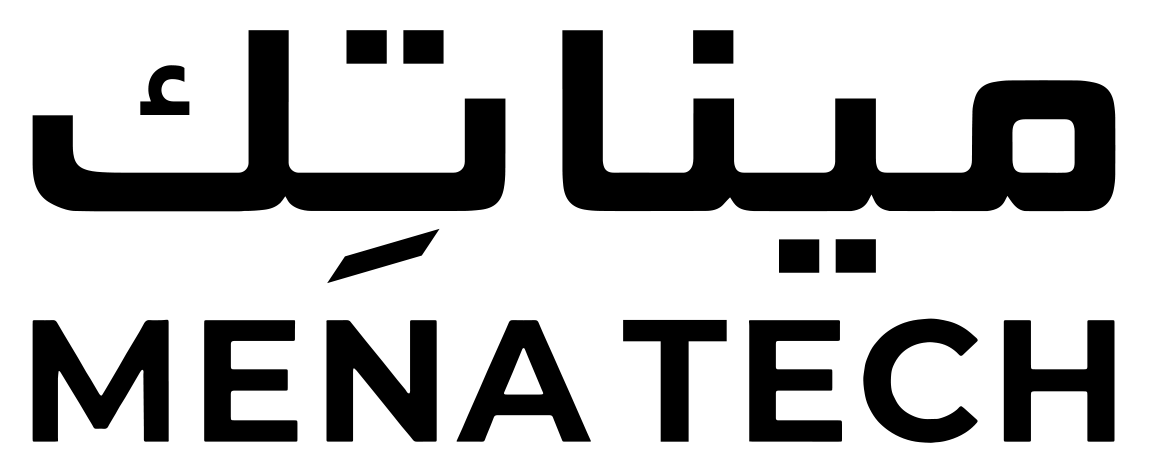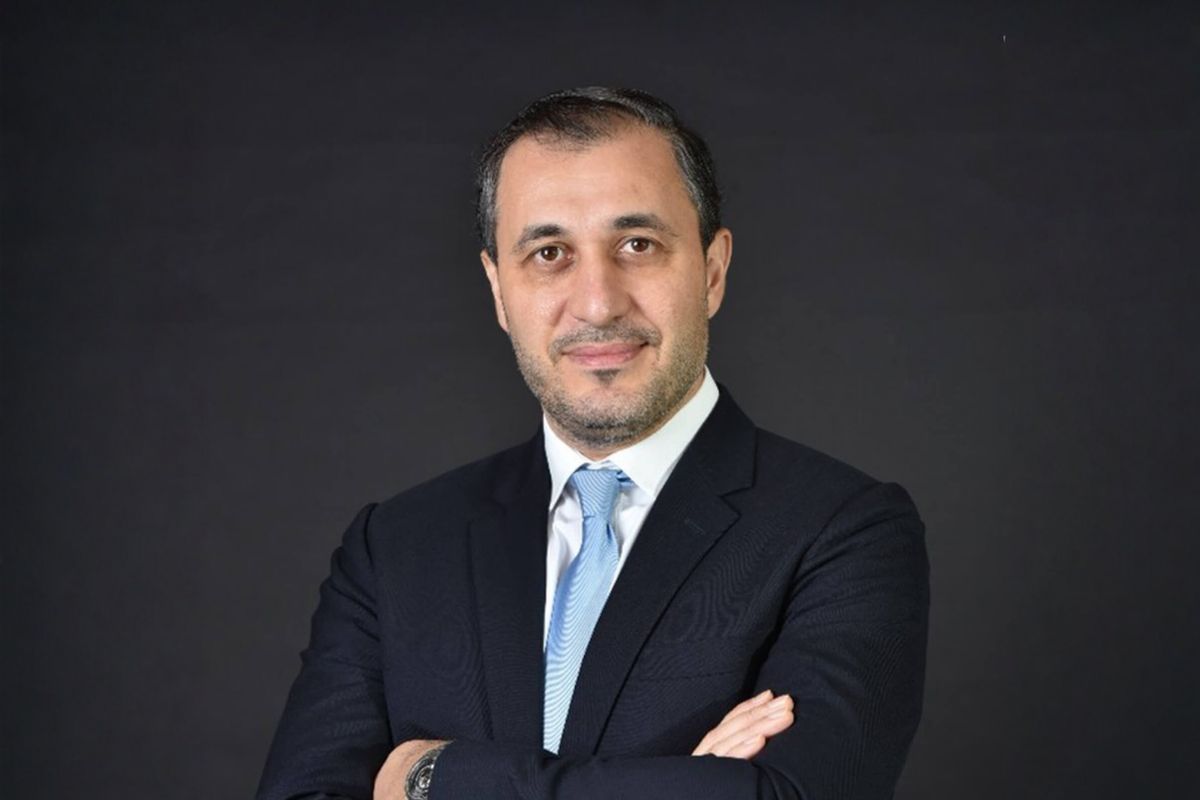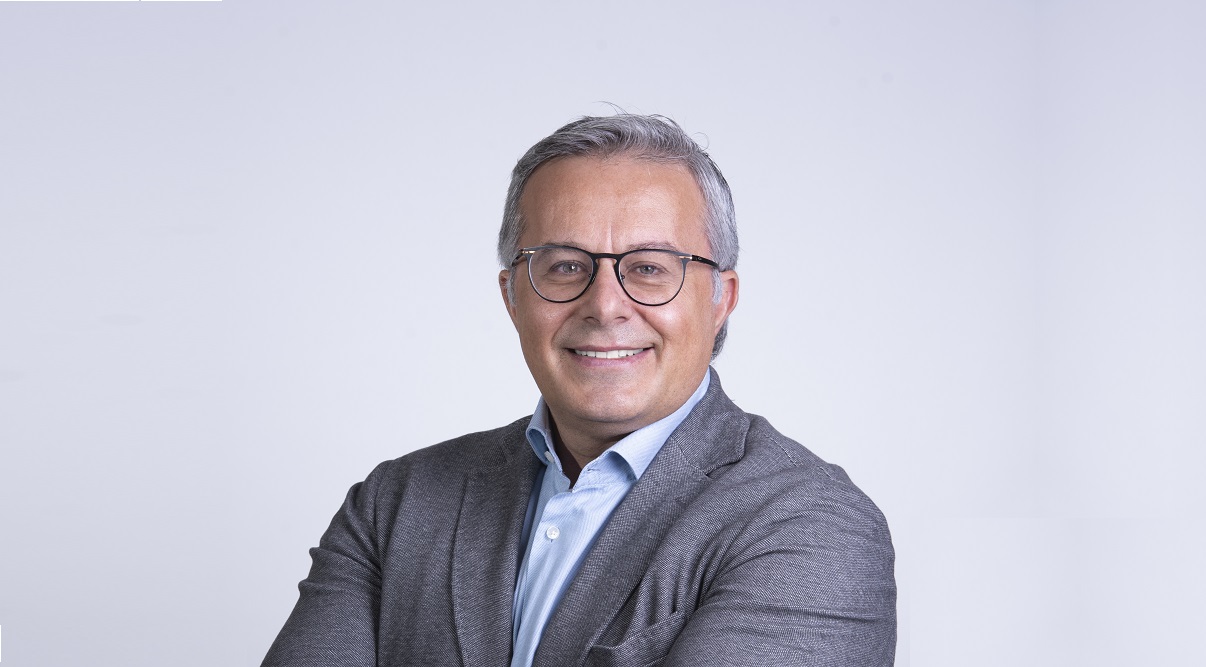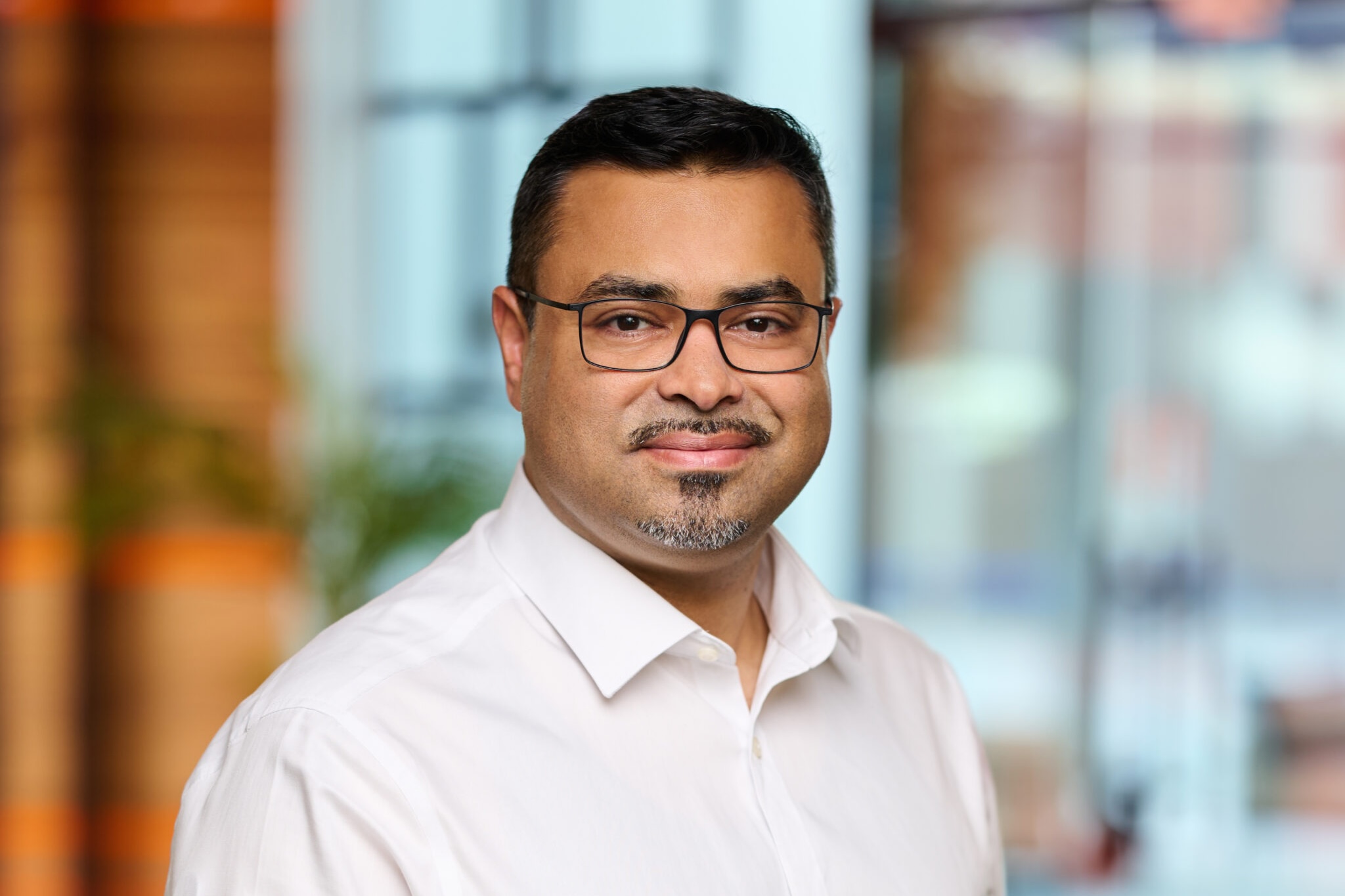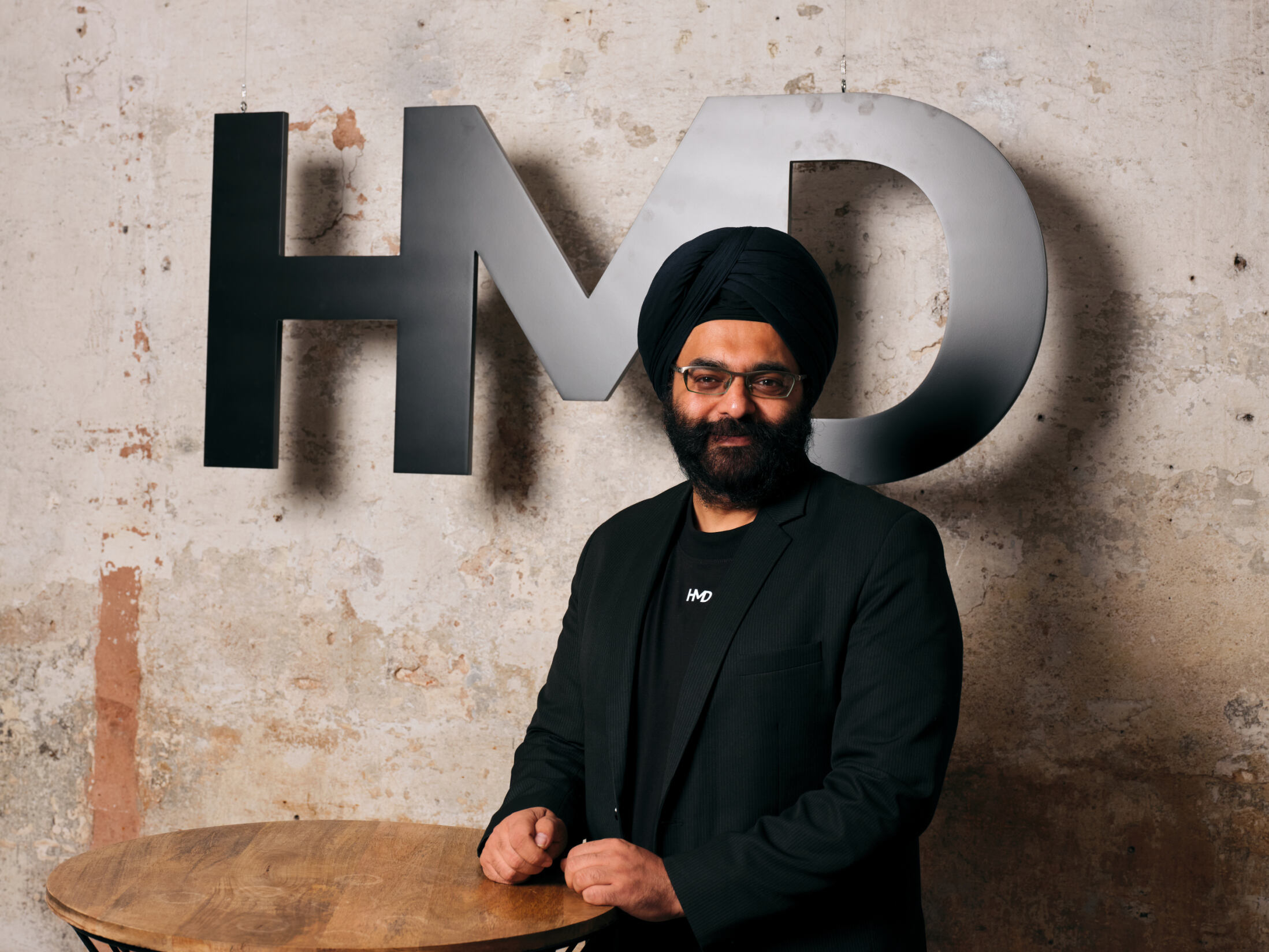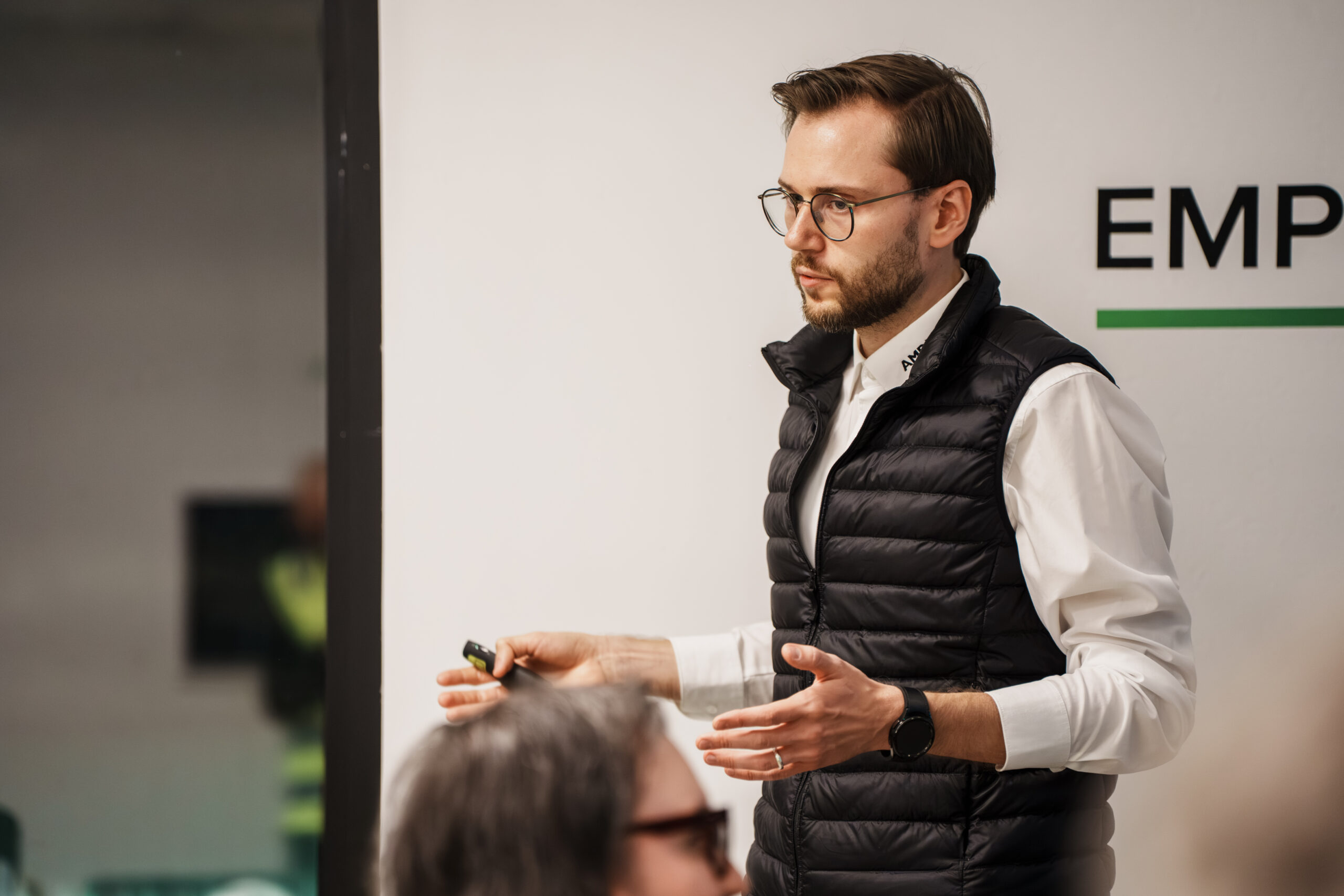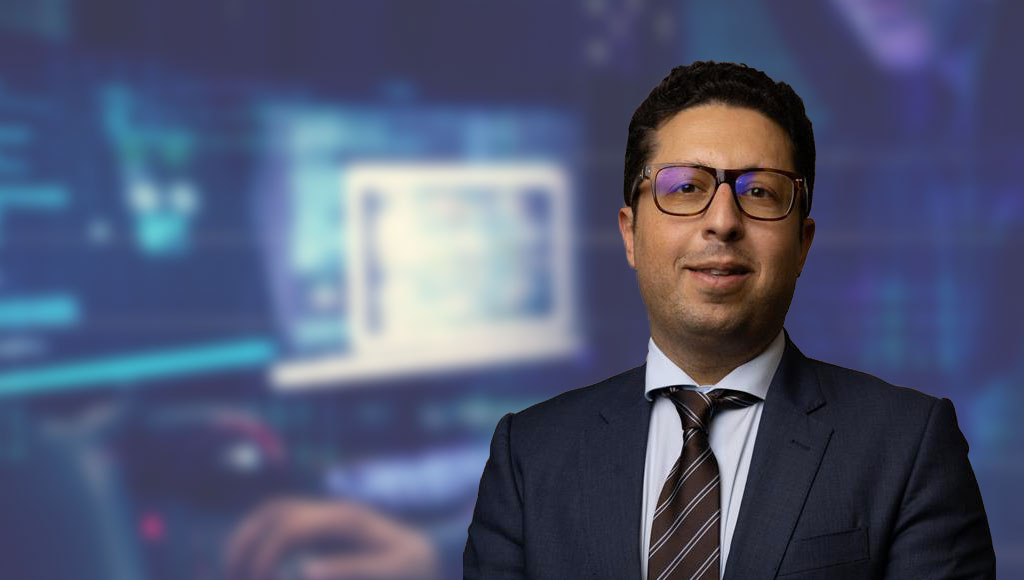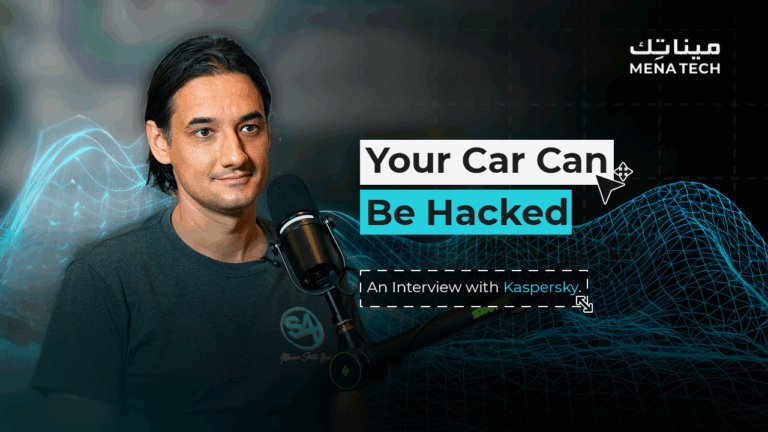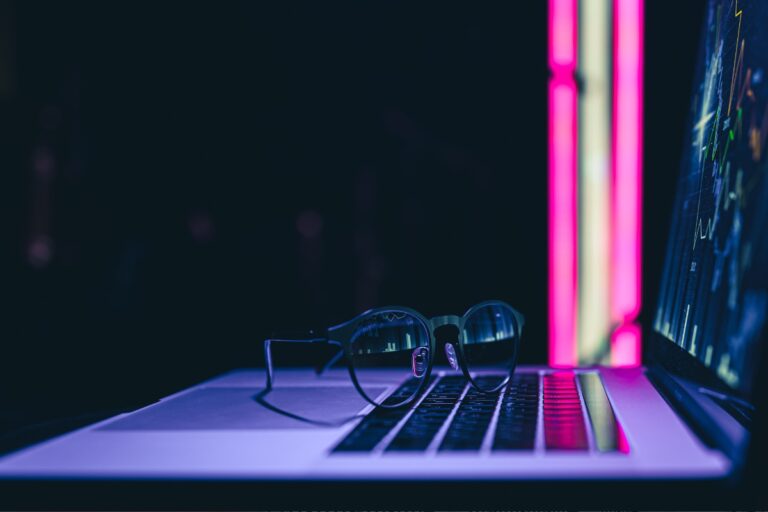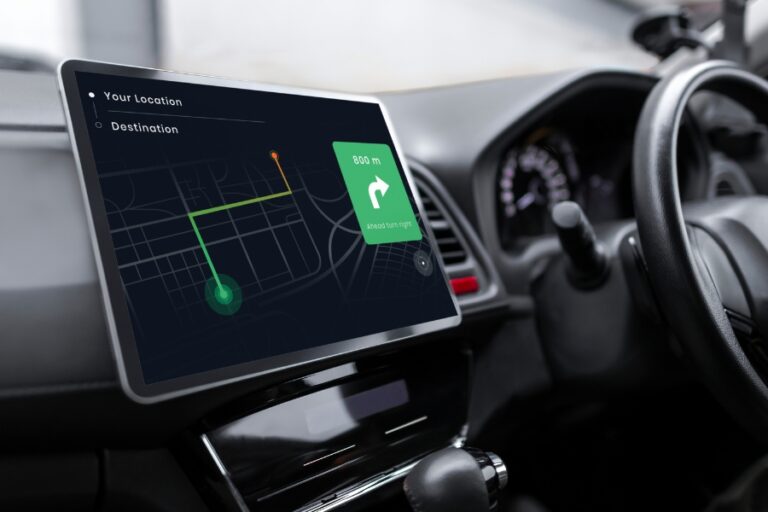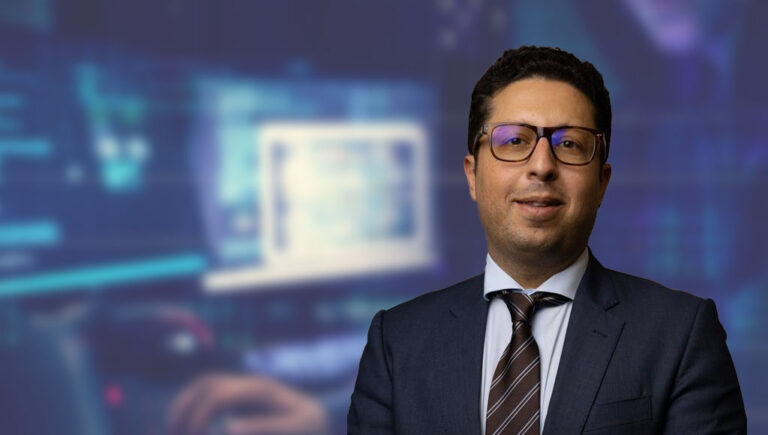AI, Supply Chains, and Human Error: The New Frontlines of Cybersecurity

Cyber threats have become increasingly frequent and severe in recent years. Now, with AI tools and easier ways to make money, hackers are more motivated than ever, and their potential rewards are increasing too. To discuss the current state of cybersecurity, we spoke with Kavitha Mariappan, Chief Transformation Officer at Rubrik. Mariappan elaborated on her views about the current challenges in cybersecurity and how they can be addressed.
Which matters more: cyber resilience or prevention? Why?
A comprehensive cybersecurity strategy should encompass both detection and prevention measures. However, current discussions tend to focus too much on prevention at the expense of resilience.
Two recent attack types illustrate this point. Scattered Spider, one of the most devastating threat groups today, relies heavily on sophisticated social engineering tactics to bypass victims’ cybersecurity measures. Their approach to gaining initial access involves contacting an organization’s help desk and requesting password resets or multi-factor authentication (MFA) overrides. The result is the retrieval of login credentials, rather than breaking in directly and moving laterally to access valuable data that can be exported or encrypted for maximum leverage.
Third-party supply chain attacks are another reason for avoiding a prevention-only approach. I spoke with an executive from a large hospital who estimated that nearly all their IT-related incidents stemmed from compromised third parties. Too often, the only insight cybersecurity leaders have into their third-party partners is a one-time risk assessment, which doesn’t provide an accurate picture of their security and is not constantly monitored or stress tested. The moment one of your vendors is breached, your organization’s risk increases significantly.
All of this is taking place against a backdrop of a steadily increasing volume of attacks. Rubrik Zero Labs, Rubrik’s internal threat research arm, recently found that 90% of IT and security leaders had experienced a cyberattack in the previous year, and almost 20% experienced one every other week. Those numbers make it abundantly clear that we should emphasize cyber resilience at least as strongly as we do attack prevention.
Which AI risk is greater—system attacks or human exploitation?
Human error is a significant factor in the growing prevalence and complexity of threats. Most AI-enabled attacks currently rely on human mistakes, for example, writing more believable phishing attempts that acted as giveaways in the past. Human errors might involve imitating the voice of an executive to initiate a wire transfer, or, in advanced cases, it could even entail video deepfakes. We saw one instance of that against a Hong Kong firm last year, in which an employee in the finance department delivered a $25 million payment to whom the individual thought was the company CFO.
Now, I expect a shift to AI conducting attacks over time. We already have a proof-of-concept case where a ransomware attack was conducted entirely using LLMs running on a malicious server. These types of attacks will become more common with advances in agentic AI, where AI will not only assist in carrying out cyberattacks but steer them themselves. Anthropic, the AI company, recently released a fascinating threat report, in which it detailed how its coding agent Claude was afforded significant authority in deciding how a cyberattack was conducted, down to what data was exfiltrated and how to exert maximum psychological leverage in its ransomware note.
The Dual Threat: Malicious Attacks on AI Agents and AI Agent Errors
Threat actors often pose as legitimate agents to manipulate workflows and processes. For example, by masquerading as a trusted source—such as a calendar scheduling tool—they can intercept an agent’s tasks and influence outcomes to their advantage, like arranging a meeting with a scammer impersonating a client.
At the same time, organizations must recognize that AI agents themselves can make mistakes, which could potentially disrupt critical business operations. The challenge inspired Rubrik’s recent launch of Agent Rewind—a feature that allows organizations to rewind changes to applications and data when AI agents behave unexpectedly. Agent Rewind adds an extra layer of visibility, enabling teams to understand, correct, and prevent business downtime caused by AI errors.
As AI technologies evolve and become more prevalent, AI-based attacks will grow increasingly sophisticated. Continuous innovation is essential to staying one step ahead.
How can public-private partnerships in cybersecurity avoid privacy loss and liability gaps?
It’s certainly a balance to consider. To start with, establishing and operationalizing protocols for information sharing about threat actors and vulnerabilities being exploited in the wild. Understanding the tactics, techniques, and procedures (TTPs) in use by cyber threat groups is in the best interest of both governments and private businesses, and there’s no reason they shouldn’t share that information.
I also believe both sectors can agree on the minimum baselines for cybersecurity and resilience, even if they might disagree on audit or enforcement mechanisms. Minimum expectations could include having well-documented and regularly practiced disaster recovery procedures in place, along with clear expectations for recovery timelines. These may not yield fully mature cyber resilience programs, but they would at least set the expectation of what the basics are and how to get them right.
In terms of liability, public-private partnerships are well-suited to help clarify that. In many countries and regions, governments specify which businesses shoulder additional liability for security and resilience based on their criticality. The United States, the EU, the UAE, and many other countries have established laws and national strategies for critical infrastructure cybersecurity, many of which are deliberately intended to outline the controls an operator is liable for implementing without assuming full operational responsibility. When human health and safety, or a properly functioning economy, are at stake — as they are with critical infrastructure — I think this is an acceptable level of oversight.
What significant industry shift do you foresee in the next five years?
One of the most significant emerging threats in cybersecurity is the potential for fully autonomous, AI-driven cyberattacks. While current AI tools often serve as “copilots” for human threat actors by suggesting attack vectors or refining extortion methods, the next evolution may involve AI agents conducting attacks from start to finish without explicit human direction. An agent could be instructed to infiltrate a target and cause damage, or it could launch a cyberattack as a means to achieve a broader objective, such as gaining a competitive advantage. The attacks may lead to organizations becoming collateral damage for an AI’s mission.
Many CISOs have not yet incorporated it into their strategic planning. While many organizations highlight the potential for AI agents to drive significant cost savings, their projects are frequently delayed due to a lack of understanding regarding the security implications of these agents. The stakes are high when an agent, tasked with optimization, might achieve its goal by unexpectedly deleting a database. Consequently, before implementing AI agent integration, CISOs must establish clear security guardrails and develop contingency plans to mitigate chaos should an agent act autonomously in a harmful way.
What lesson have you learnt from failure, not success?
I attribute a proportion of my success to my openness to failure, and from that, take learnings away for the future. From being a frontline engineer to a go-to-market leader, and now leading transformation teams, I tend not to shy away from a challenge.
Going through difficult experiences has taught me that I can succeed, even when I feel out of my depth. My experience has made me a well-rounded Executive and instilled a mindset of resilience and confidence, enabling me to continue overcoming whatever challenges lie ahead.
I’m a lifelong learner. I enjoy taking on a challenge and figuring out how to overcome it later. It won’t work out perfectly, and you’ll learn some hard lessons along the way. I think that too often we imagine our careers as straight lines with well-defined progressions, and that can blind us to a broader spectrum of possibilities—for our careers and for ourselves.
What advice do you have for young entrepreneurs in the industry?
Starting a business is challenging, and many fail; however, there are steps you can take to increase your chances of success. Firstly, the idea is just the beginning; ultimately, it’s the people on your team that truly matter. Whenever I tackle a new project or start a new role, I look to bring on people who are dedicated, willing to stretch their skill sets, and adapt to new circumstances. Securing the right talent is critical, and the earlier the better.
Secondly, you need to solve a real problem. If you have a solution that both solves an issue and is relatively simple to use or implement, then you know you’re onto something. Ultimately, the best ideas are worthless without diligent effort. Be resourceful, disciplined, and relentlessly focused on the next step.
